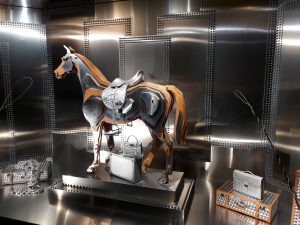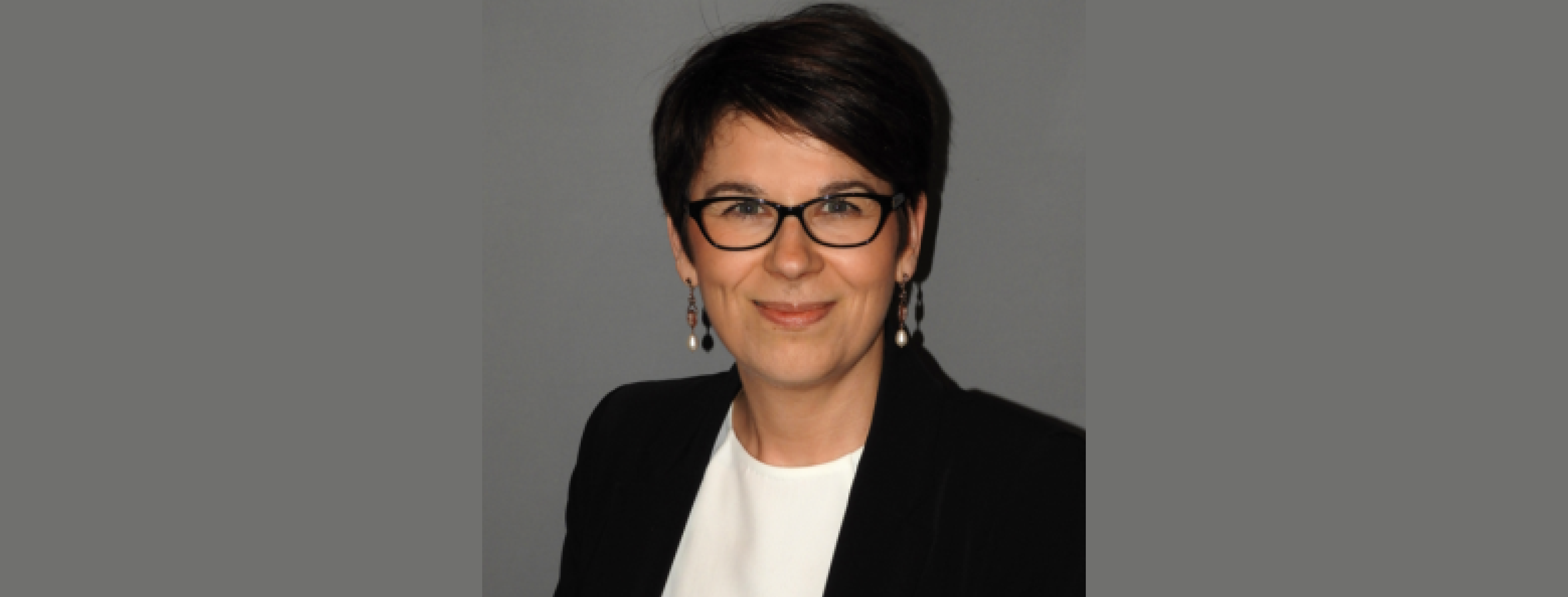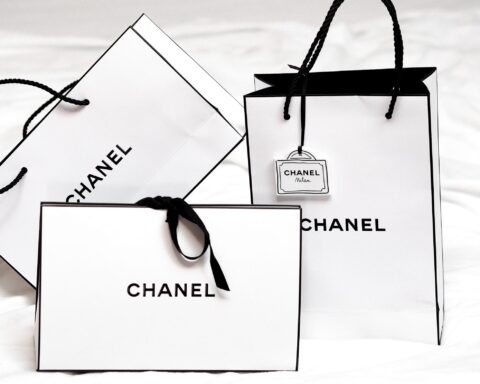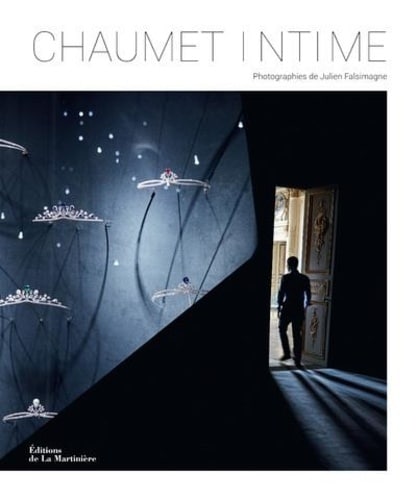Annie-Paule Quéré is a brand identity and strategy consultant, founder of L’Atelier de la Marque. She supports leaders in the promotion and updating of heritage brands as well as in the creation of brands based on excellent know-how. She also teaches luxury branding and luxury brand management in MBA and Luxury Masters. Prior to that, she led the marketing of press brands for 10 years at Lagardère Publicité (Elle, Elle Décoration, Air France Média, Numéro, Paris Match), with main clients being luxury, fashion and beauty houses and groups. Annie-Paule is laureate of Sciences Po Paris, holder of a DESS in Marketing Studies and Strategy and major of promotion of the MBA in Global Luxury Brand Management of Sup de Luxe.
By Annie-Paule QUERE, brand identity and strategy consultant

Some brands have forged a repertoire of signs that they know very well how to use. Others succumb to “blanding”, a neologism stemming from branding and bland (bland in English). They purify their universe and erase visual roughness. For example, logos are simplified to be modernized, more universal and readable, but with a risk of sanitization and indistinction. Other brands are not sure how to use their signs or lack them, thus depriving themselves of possible fields of expression. What are brand signs for? Why and how can we take advantage of it? I approach the subject from a marketing point of view, with examples of luxury and premium brands.
At the origin of the brand, there is the sign
Mark derives from the Germanic word mark, border, limit. We marked the fields with a mark to identify them. Brand has the same root as burn and designates the brand that marks cattle, to differentiate animals and recognize their owner.
The first acts of branding consisted in affixing drawings, engravings, seals and then labels on the goods and their containers. To identify them, guarantee their origin and quality.
Etymology and the past remind us that the sign is the first manifestation of a brand. Exclusive and distinctive, it allows it to be recognized by the consumer.
Signs can be letters, words, sentences, names, numbers, symbols, shapes, colors, graphics, designs, drawings, characters, features, and exclusives. Or combinations of these. Or sounds, music.
The first sign for a brand is its logo. Here are some other well known ones: Chanel’s camellia, Baccarat’s red, Burberry’s Check tartan motif, the Spirit of Ecstasy statuette at the front of the Rolls Royce. And slogans: Nespresso, what else? Just do it, from Nike …
Signs produce meaning
Without a sign, no brand, but without a well-defined brand universe, the signs would be meaningless.
With the products, they physically express the intangible elements of the brand, its history, its culture, its values, its mission, its know-how … Used in a lasting way, they are recognized and decoded by consumers. They summon a system that makes sense.
With the IPSE model, Fabienne Berger-Remy defines 4 dimensions that make up the brand’s identity, from the most intangible to the most tangible.
Ideology: the beliefs and values on which the brand is based
Personality: the brand’s character traits
Signs: the “objects” carrying meaning. Words, symbols, designs etc…
Emblems: the iconic product or services that represent the quintessence of the brand.
These dimensions are linked to one another and build a coherent narrative, based on ideology. (see Géraldine Michel, Transversal management of the brand, Dunod).
An example, the Bvlgari logo and its distinctive V.
For Jean-Christophe Babin, CEO, interviewed by Forbes: “It is the Roman U which recalls the magnificence of Rome, both stylistic and architectural! In terms of spirit, it underlines the generosity, the joy of life proper to Italy. But the V is also the most geometric letter of the alphabet. A modern, futuristic letter. A symbol very rich in meaning: this letter therefore embodies both the ancient and the modern, the Latin yesterday and the modern tomorrow. ”
In the second part of this article, entitled “Brands, cultivate your signs! By Annie-Paule Quere (2/2) “, the author Annie Paule Quéré returns to the history of signs …











